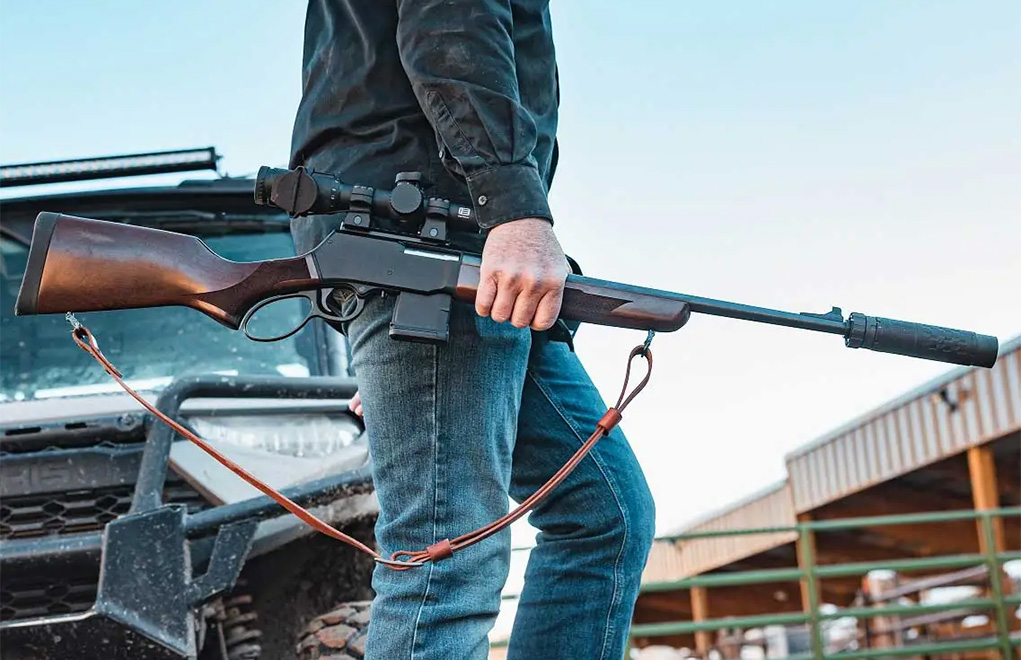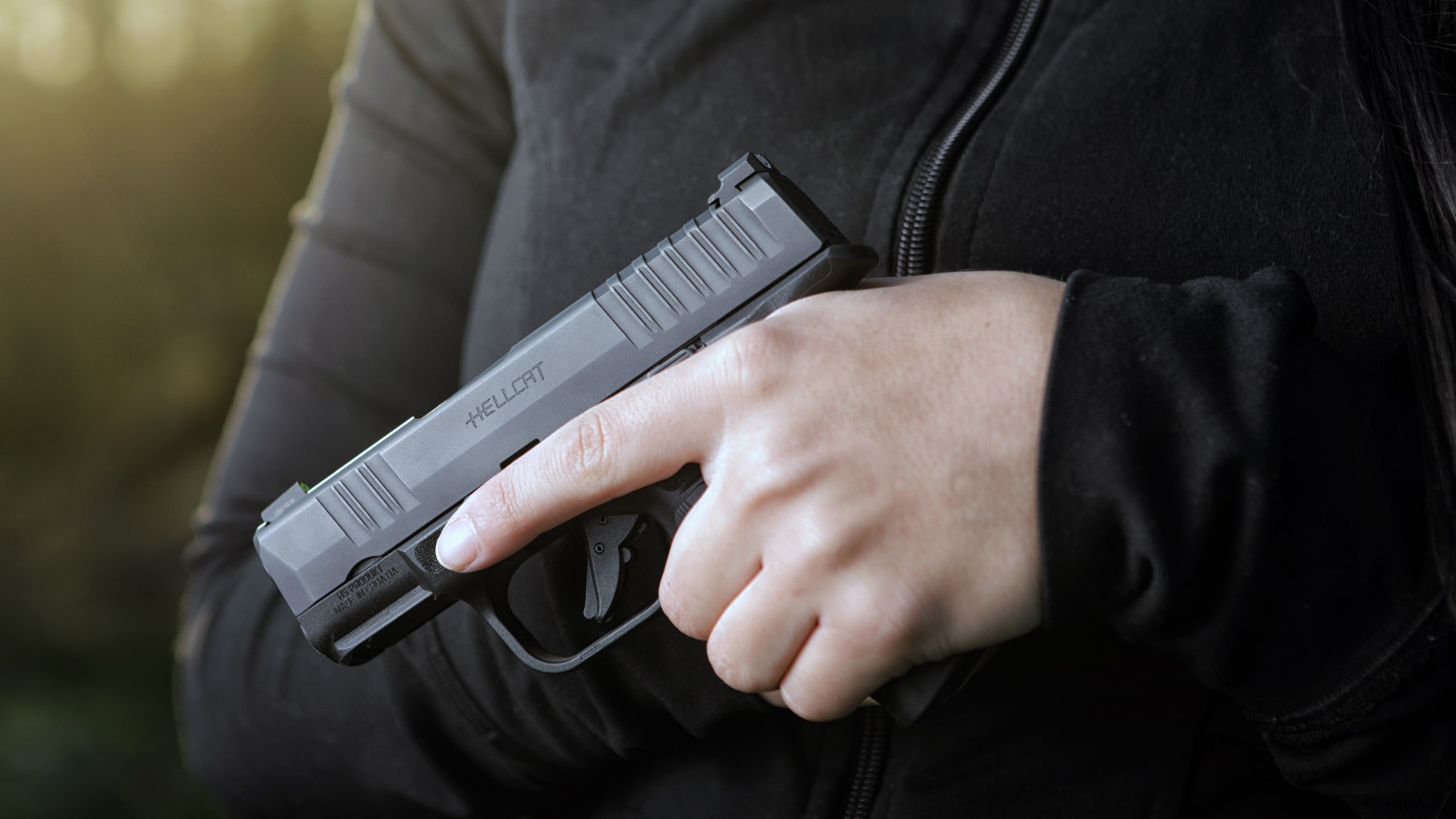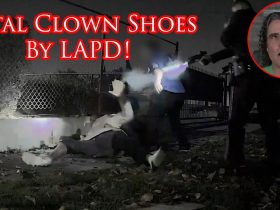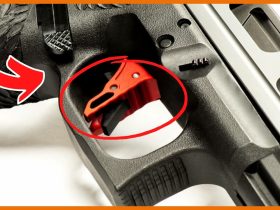After the historic New York State Rifle & Pistol Association Inc. v. Bruen decision by the U.S. Supreme Court, the State of New Jersey enacted legislation that somewhat resembled “Shall Issue” legislation for issuing concealed carry permits. As a part of the permitting process, training classes and a shooting proficiency test are required.
The shooting test is called the Civilian Carry Assessment and Range Evaluation (CCARE). It consists of 50 rounds: 10 shots each at 3, 5, 7, 10 and 15 yards, untimed. The target is specified as the FBI Q target. Two strings of five shots each are fired at each distance. Unlike most qualification courses for private citizens, CCARE requires the shooter to draw for each string from a concealed holster multiple times. Reloading is done as necessary.
The FBI Q target is used in this drill.
Other stated familiarization requirements for each participant are:
- Demonstrate the safe handling of the handgun
- Demonstrate proper loading and unloading techniques
- Demonstrate the techniques of a proper concealed carry draw
- Demonstrate the techniques of good marksmanship
The passing standard is 40 hits on the Q target out of 50 shots (80 percent).
Stretch Your Limits
Although somewhat severe for a concealed carry permit test, it does provide a good structure for a practice session. There are ten draws from a concealed holster and the distance of shooting increases progressively from near (3 yards) to far (15 yards). Since it consists of five-shot strings, the course is manageable with revolvers, including small five-shot revolvers. If a revolver is used, there are 10 opportunities for reloading practice.
Revolvers must be fired in double-action mode for the course. Semi-automatic pistols must be fired in their normal manner and must be decocked, if applicable, between strings.
Many indoor ranges don’t allow drawing from the holster when practicing. At such locations, a bench start is a good substitute for the first string. While a bench start isn’t the same as a draw, it does include some similar elements. The shooter must deliberately keep the trigger finger out of the trigger guard and the handgun should be brought into the eye-target line early in the presentation just as in a draw.
To further enhance your practice, have a loading device, speed loader or magazine accessible on your person or the bench. Immediately reload after the first string, and then fire the second string. One of the most missed shots in shooting is the first shot after a reload or other stoppage, so this is a worthwhile addition to the practice.
 Another useful addition to the practice is to include a dummy round in your magazine or cylinder. For revolvers, this is easily accomplished by only loading five rounds in a six-shooter. When you close the cylinder, let the empty chamber go to a random position. That will result in a “dummy” round every string. Any jerking of the trigger will be readily apparent when the dummy clicks.
Another useful addition to the practice is to include a dummy round in your magazine or cylinder. For revolvers, this is easily accomplished by only loading five rounds in a six-shooter. When you close the cylinder, let the empty chamber go to a random position. That will result in a “dummy” round every string. Any jerking of the trigger will be readily apparent when the dummy clicks.
Since the first stage is at 3 yards, the spot-shooting technique pioneered by famous shooter Ed McGivern can be used. Fire the best shot you can for the first shot and then aim at the bullet hole for the rest of the shots. Tape the hits at each distance so you gain a good understanding of what your proficiency is at each subsequent distance.
Practice, Practice, Practice
At a facility where the fee is by the visit not the hour, there’s nothing wrong with dry practicing the entire course before shooting it live. Many people are reluctant to dry practice in their home and that’s understandable. When you’re at a live-fire range and already have your pistol pointed downrange, dry practicing there is a golden opportunity.
The CCARE course of fire would begin by placing the target at 3 yards. Holster and conceal or bench the loaded pistol. Draw or present the pistol to the target and fire five shots. Revolver shooters will then reload, shooters with semi-automatic pistols will reload as necessary throughout the course. Either re-holster or bench the handgun. Repeat the string of five shots and then tape your target.
Repeat the same sequence at 5 yards, 7 yards, 10 yards and 15 yards. At each distance, tape your target before moving to the next distance. At the end of the course of fire, place your pistol in whatever condition you wish to when you leave the range.
Although the CCARE is rather stringent for a CCW qualification, it has value as a practice regimen. It includes 10 presentations to the target at five increasing distances, multiple opportunities to practice reloading, and is highly manageable with revolvers. It’s a good use for a box of practice ammo.
Read the full article here


















Leave a Reply